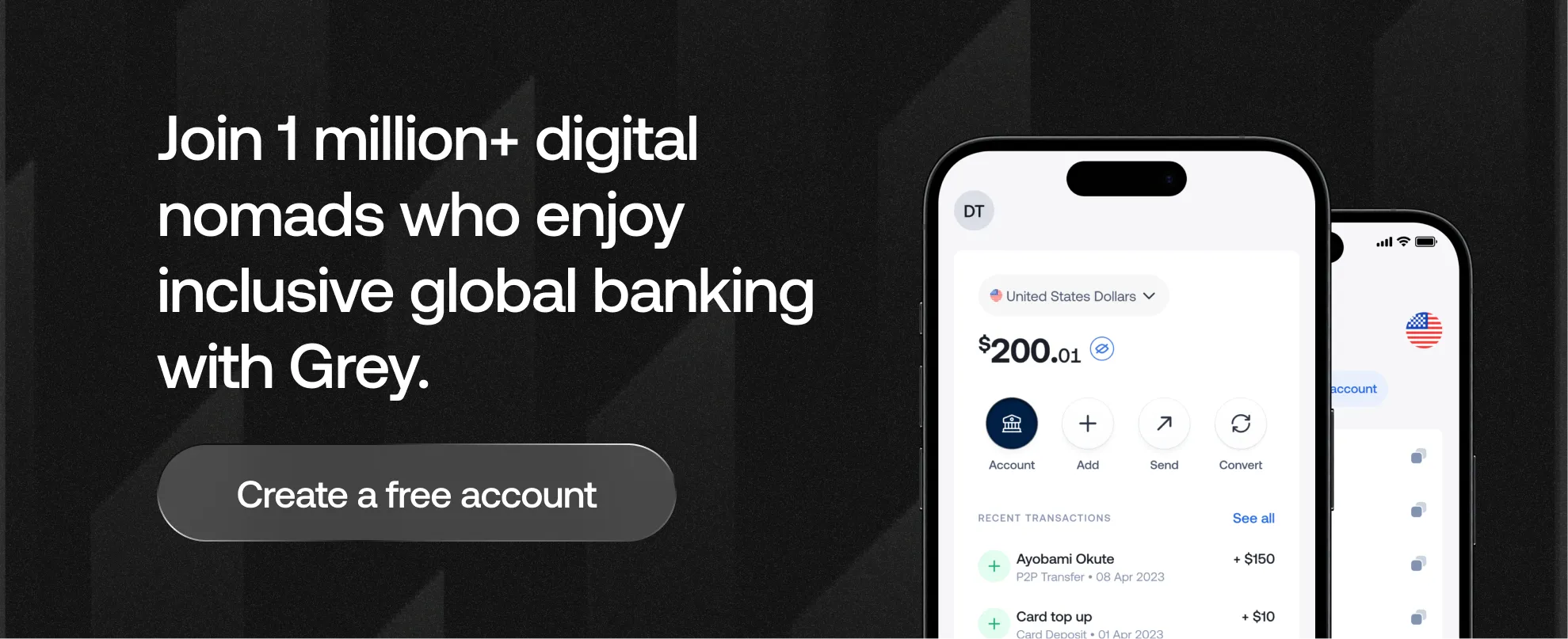

Pioneers like Saad and Bassima are leading a creative revolution in Morocco. Their massive followings and innovative content have inspired a whole new generation to see YouTube as a real way to earn. Across the country, young Moroccans are turning vlogs, tutorials, and reviews into a steady income, proving that talent and consistency pay off.
Even with the government’s new digital tax putting extra pressure on earnings, creators aren’t slowing down. They’re finding smarter ways to manage payments, adapt to challenges, and keep their passion alive. Here’s how Moroccan creators can confidently receive their YouTube earnings without losing a dirham of what they deserve.
Also read: How to pay for subscriptions in US dollars from Morocco
Moroccan YouTubers are growing fast, but success doesn’t come easy. From content quality to taxes, creators face unique challenges shaping their journey.
1. Content quality
Standing out on YouTube means producing consistent, high-quality videos. Many Moroccan creators struggle with limited equipment, editing tools, and resources. Balancing creativity with production value takes time, money, and persistence, yet audiences increasingly expect professional standards, making content quality a tough but necessary challenge to overcome.
2. Taxation
With the introduction of digital taxes, Moroccan YouTubers now face reduced earnings. Many creators find it difficult to understand and comply with tax rules, especially freelancers without formal business structures. This often leads to confusion, unexpected deductions, and added pressure on already tight profit margins.
3. Global reach
While YouTube is a global platform, Moroccan creators often face challenges reaching international audiences. Language barriers, limited visibility in global algorithms, and niche content topics can restrict exposure. To grow beyond borders, creators must adapt content for wider appeal while staying authentic to their Moroccan identity.
4. Digital infrastructure
Slow internet speeds and inconsistent connectivity continue to impact video uploads, live streams, and collaborations. Many Moroccan YouTubers invest extra time and money in data or better equipment just to stay consistent. Without a stronger digital infrastructure, even the most talented creators face limits on growth and engagement.
Also read: How Fiverr freelancers in Morocco can receive payments easily in 2025
As a Moroccan YouTuber, there are several ways you can monetise your channel and build a sustainable digital career.
1. Advertising
YouTube’s Partner Programme allows you to earn money from ads shown on your videos. Once your channel meets the requirements, you’ll start receiving revenue based on views and engagement. The more consistent and engaging your content, the higher your earnings. Ads become your first real step toward turning passion into profit.
2. Fan funding
Your biggest supporters want to see you succeed, and many are willing to help financially. Through Super Chat, channel memberships, or platforms like Patreon, your audience can directly contribute. This kind of funding creates a deeper bond with your fans and provides a steady source of income beyond ads.
3. Affiliate marketing
You can recommend products or services you genuinely love and earn a commission for each sale made through your unique links. Whether it’s beauty products, gadgets, or online tools, affiliate marketing lets you monetise trust. When done authentically, it benefits both you and your viewers.
4. Merchandising
Selling your own branded merchandise, from T-shirts to mugs, is another powerful way to earn. As your audience grows, so does their connection to your personal brand. Offering merch gives fans something tangible to support you while helping you create a new income stream.
Earning from YouTube is a huge opportunity for creators in Morocco. Gone are the days when you needed a foreign account to receive your payments. With Grey, you can earn globally and spend locally while growing your YouTube channel. Sign up or download the Grey app today to get started.




.svg)
Back to top